OTHER GEOLOGICAL SITES
CITIZEN SCIENCE
ONGOING ACTIVITIES
OBSERVATIONS, IMPRESSIONS AND STATUS OF CONSERVATION OF GEOSITES
If you have recently visited a geosite within this geopark please share your experience in a few words in the form below. Any information is welcome, mainly those related to the state of preservation, explanatory and directional panels, the ease or difficulty of identifying the geosite, the anthropogenic impact (garbage, graffiti, vandalism, etc.) as well as personal opinions related to the aesthetic value, the scientific importance as and any other comments.
Thank you for your contribution to the Citizen Science Geoparks platform!
The UNESCO International Geopark Țara Hațegului is located in the central part of Romania, in an intramontane depression, in a very fertile region. The region is called “country” in all medieval documents to show the special character of this land. The Geopark covers an area of 1023.92 km2, including one city (the city of Hațeg – 13,000 inhabitants) and 10 communes, the total population of the Geopark area being approximately 39,000 inhabitants. In addition to very picturesque landscapes, deep gorges, caves, alpine forests, meadows, orchards and crops, the region is home to archaeological remains from the Paleolithic to Roman Antiquity and from the Middle Ages to the Modern Era. The most important archaeological sites are the ruins of the ancient capital of the Dacia province of the Roman Empire at Sarmizegetusa Ulpia Traiana, the numerous medieval churches including the magnificent Densuş church, a unique piece of medieval architecture, as well as the ruins of more recent castles and the old mansions of the nobles. The geopark is world famous for the late Cretaceous “dwarf dinosaurs” of 72-65 million years ago. Within the Geopark, 16 species of dinosaurs, both herbivores and carnivores, have been described, based on skeletal remains found in fluvial and lacustrine fossil deposits. Dinosaur eggs and hatchlings have also been discovered at some sites, as well as many other fossil remains, representing all classes of vertebrates, from fish to micromammals. The total number of identified vertebrate taxa is about 65. Very spectacular in this assemblage is a huge pterosaur (flying reptile), called Hatzegopteryx thambema (the genus is related to the Hateg region, and the species name comes from the Latin “monster”). This enormous creature, one of the largest flying animals that ever existed, had a wingspan of 12 m. Another geological feature of this Geopark is the tuffs and pyroclastites, resulting from the volcanic eruptions that took place in the region in the time of existence and n
GALLERY
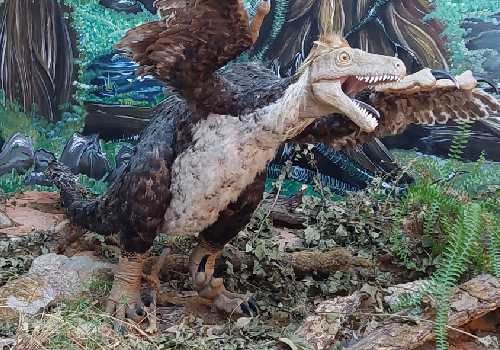
Balaur bondoc
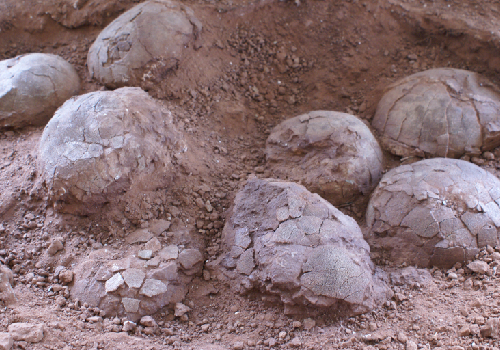
DINOSAUR EGG NEST – TUSTEA

RAUL BARBAT – DINOSAUR CUBS SITE
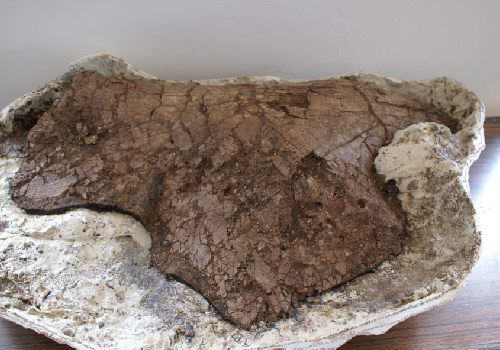
Magyarosaurus dacus – SCAPULA
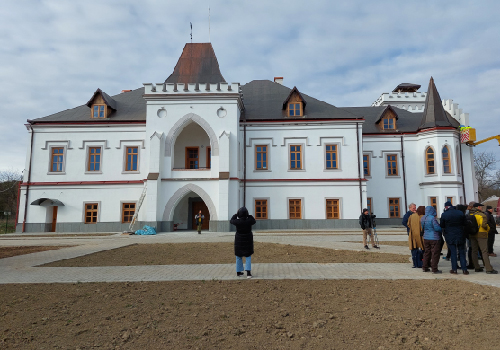
NOPCSA HOUSE – SACEL
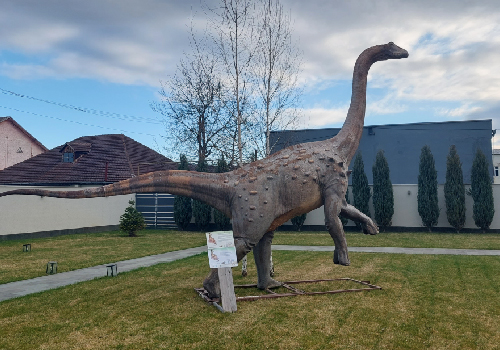
Magyarosaurus dacus

TRADITIONAL CRAFTSMANSHIP – WEAVING – SANPETRU
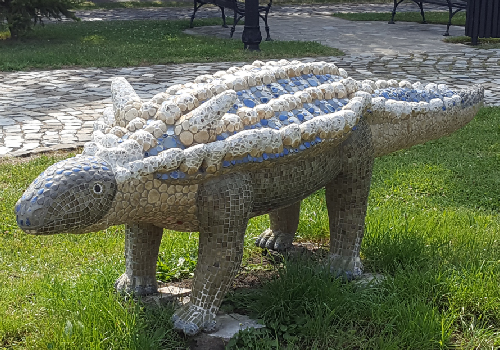
Strutiosaurus

TRADITIONAL CARPET – SANPETRU
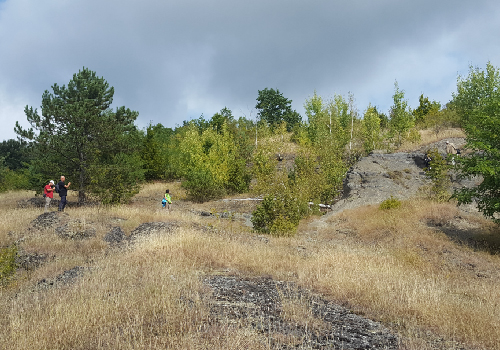
DENSUS -VULCANOCLASTS
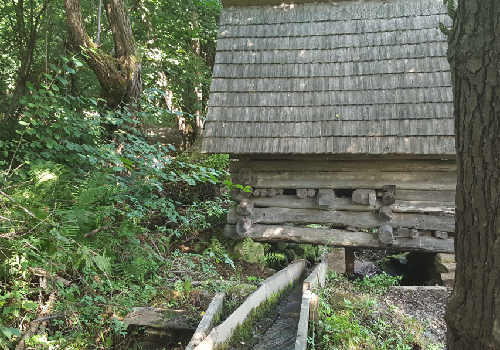
SALAS MILL
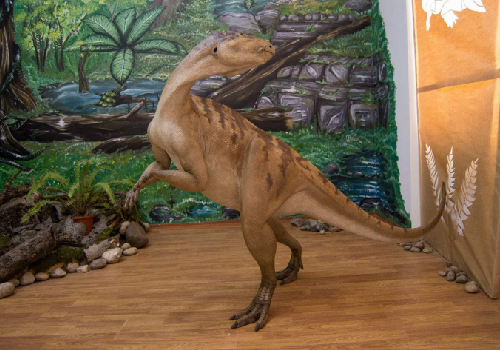
Zamolxes robustus

STONES HOUSE
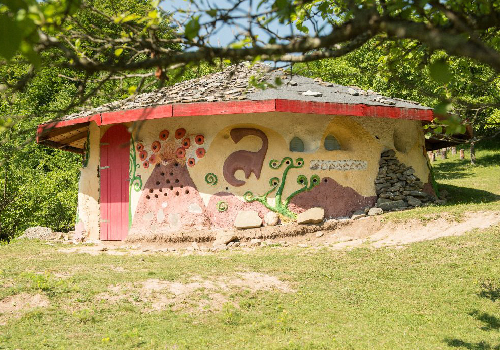
VOLCANOES HOUSE
Project number: PN 23 30 04 01
Project title: Monitoring and evaluation of protected natural areas in UNESCO Geoparks and aspiring Geoparks in Romania and development of a Citizen Science platform
Funded by the Ministry of Research, Innovation and Digitization (https://www.research.gov.ro/)
